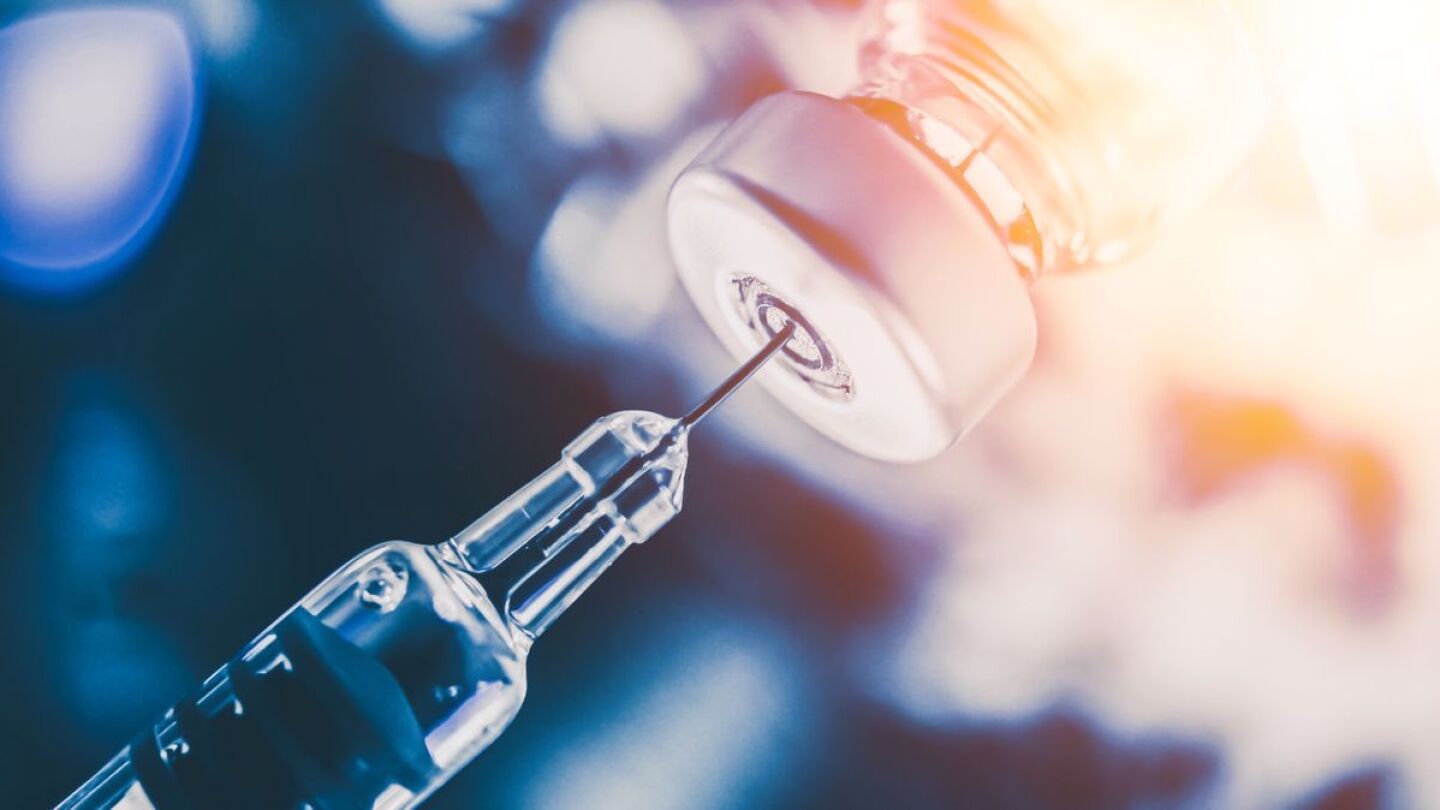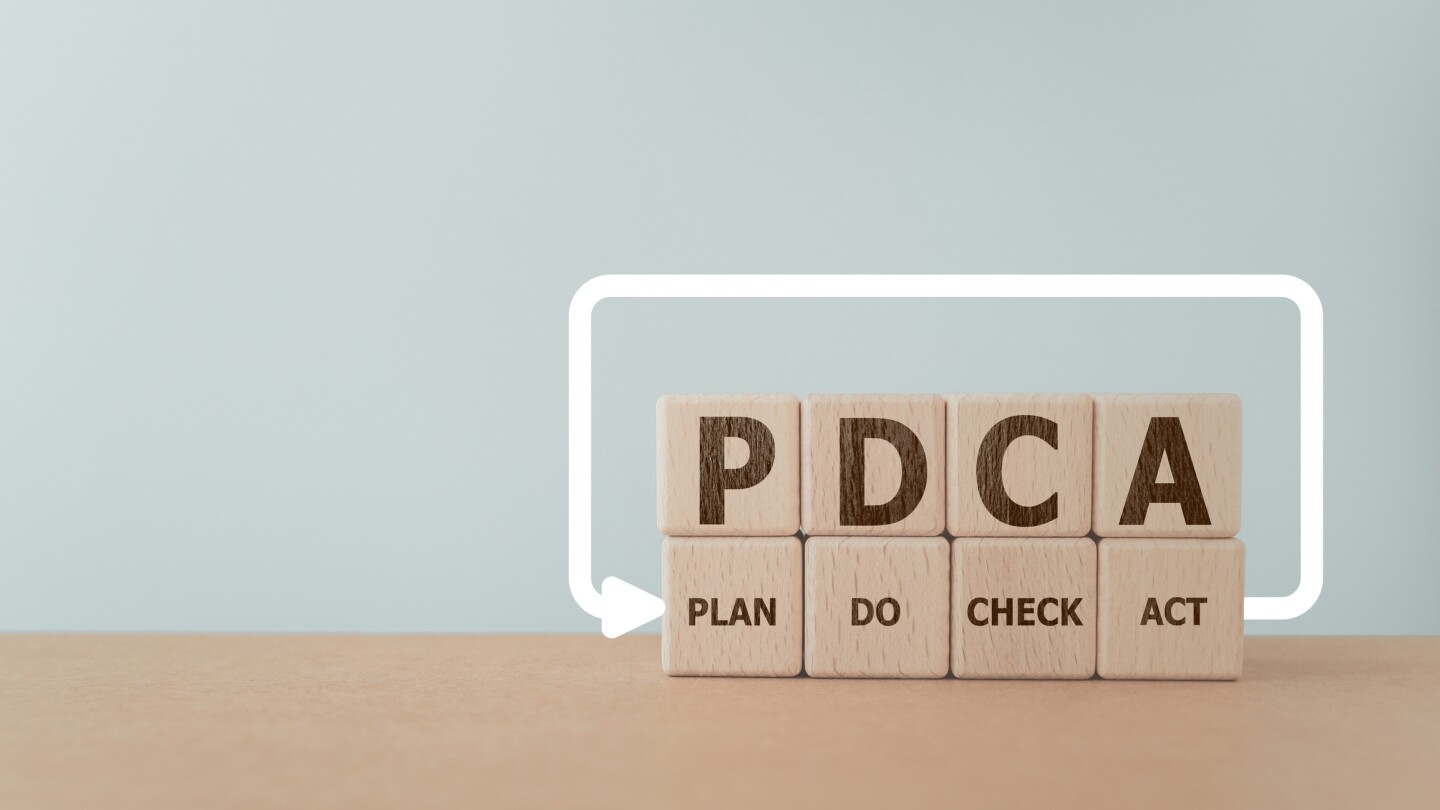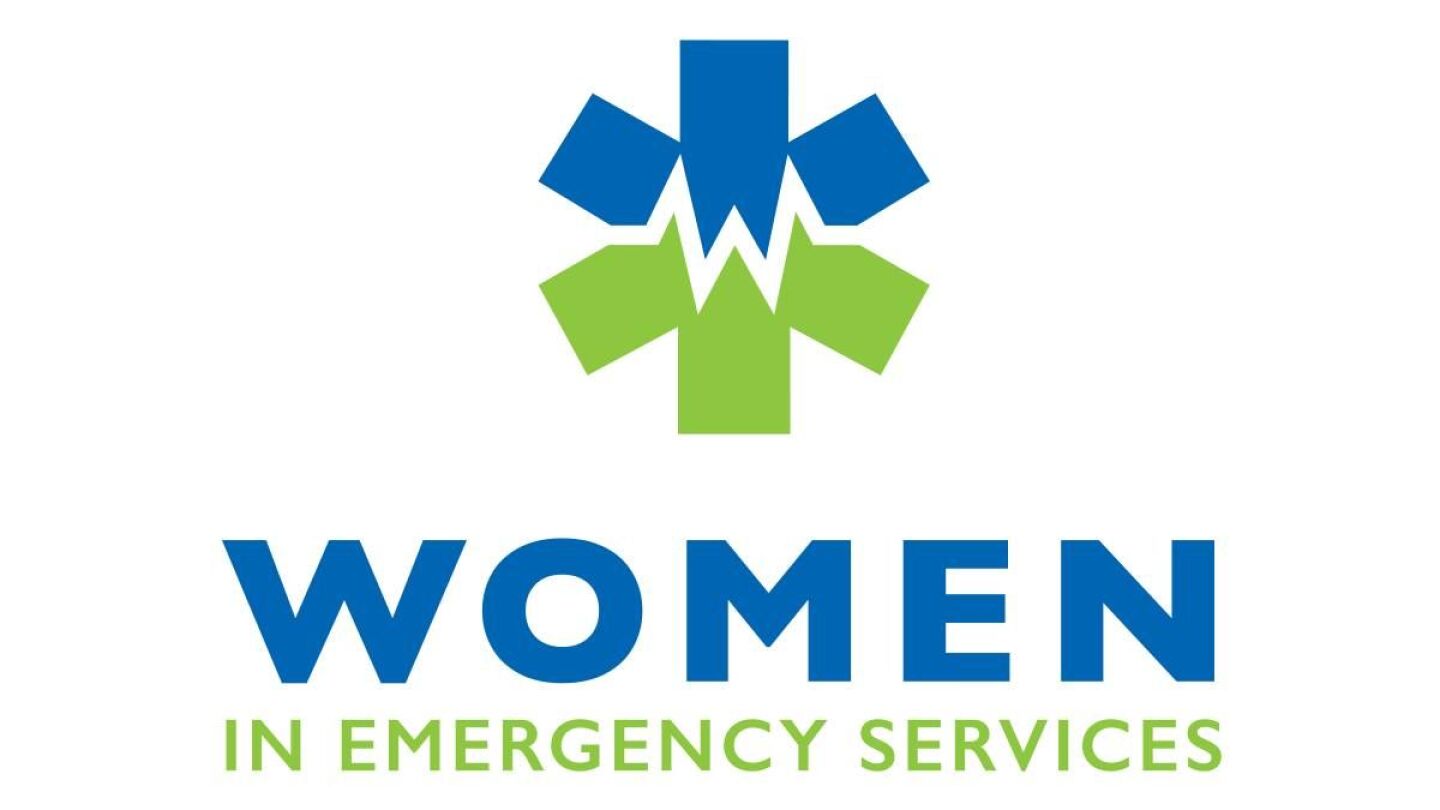EMS Training and Education
Steve Whitehead breaks down pulse ox plethysmography
Chest pain, rapid heartbeat, shortness of breath: While panic attacks and anxiety attacks share common symptoms, they also have distinct differences
EMS clinicians should rely on their assessment and facts when assessing people with a suspected factitious disorder
In this EMS One-Stop episode, Dr. Dave Williams explains how a new master’s-level course will empower leaders to solve systemic challenges using proven methodologies — and why quality must be a leadership priority
Make no mistake, every EMS provider in every state has a duty to perform a full and complete assessment on every living patient
Ivy Tech Community College Kokomo’s Paramedic Science program will be graduating paramedics in four semesters rather than five in the traditional program
Learn how long classes take, what they cost and what supplies and uniforms you’ll need to begin your EMT school journey
Identifying and treating tension pneumothorax, a life-threatening condition that can occur with chest trauma
OPQRST is an important part of patient assessment and the start of a conversation with the patient about their pain complaint
CoAEMSP issues first in the nation Letter of Review for voluntary AEMT accreditation to S.C. college
Midlands Technical College becomes the first AEMT program in the U.S., marking a major step toward national accreditation
Capnography and ETCO2 monitoring are critical for assessing ventilation, confirming airway placement and guiding resuscitation
National fire and EMS groups wrote a letter to HHS Secretary RFK Jr. stating that cuts to firefighter safety programs could have long-term consequences for first responder health
Becoming a paramedic is the highest level of prehospital care and requires much more advanced training than becoming an EMT
A pioneering EMS program is helping patients with opioid use disorder find a path to recovery
A structured methodology for addressing inefficiencies, engaging stakeholders and sustaining progress
What you need to know about opioid overdose reversal drug nalmefene’s risks, effectiveness and clinical concerns
Discover how fentanyl test strips work, the obstacles to their widespread use and their impact on harm reduction
The National Registry of Emergency Medical Technicians is America’s EMS certification organization – here’s how it works
A prospective EMR’s guide to skills, duties and career options
Steve Whitehead shares CPAP contraindications
Take your time to get that tube smoothly, non-traumatically into trachea on 1st pass
U.S. Army Reserve soldiers prepare for mass causality scenarios, medical evacuations and ambulance arrivals with simulation training
OMI President Felix Marquez shares how VR training is helping rural Florida EMS agencies maintain critical pediatric emergency skills
“I knew we needed a miracle to bring Henry back,” Westfield (N.C.) fire chief reflects on responding to one of his own
Incorporating diverse perspectives and solutions from both within and outside the EMS community to foster a better future for EMS professionals
Dan Limmer, educator and self-proclaimed “exam nerd,” shares strategies for successfully completing the NREMT certification test
Assessment and treatment pearls to simplify three common chest trauma presentations
The founders of the Women in Emergency Services association discuss their mission
The inaugural recipient of the James O. Page Legacy Scholarship reflects on his experience at Pinnacle
MOST POPULAR
- Ala. fire chief addresses ‘inappropriate’ EMS training scenario
- 5 phases of the active shooter/killer
- The basics of thoracic trauma: It’s all about airflow and pressure
- Retention, pay highlighted in Minn. EMT training program
- EMS, fire officials warn FEMA: Halting National Fire Academy training puts public safety at risk































